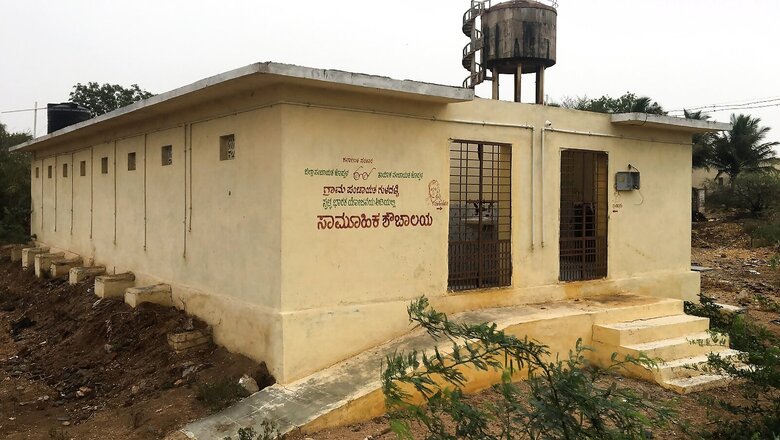
views
Despite the progress in recent years on sanitation, lack of adequate access to water remains a key barrier for several Indian homes when it comes to maintaining cleanliness and hygiene of their toilets.
A study conducted last year by WHO and UNICEF stated that 15% of Indians do not have access to toilet facilities and 3.3% of the rural population and 1.7% of the urban population still lack adequate hygiene services. The study also found that 1.7% of the Indian population still needs improvement with sanitation facilities, and 2.7% needs improvement with hygiene facilities.
Upholding the cause of inclusive sanitation where everyone has access to clean toilets, Network18 and Harpic are expanding the Harpic Network18 Mission Paani campaign to include Swachhta as well. A grand 8-hour telethon under Mission Swachhta aur Paani will be held on World Toilet Day, November 19, to mobilise India for better sanitation. The campaign advocates equality for all genders, abilities, castes and classes and strongly believes that clean toilets are a shared responsibility.
How Do Sanitation and Hygiene Impact People’s Health?
Faeces carry viruses and bacteria, which may lead to the transmission of diseases such as diarrhoea, cholera, dysentery, hepatitis A, typhoid and polio. Insects land on the faeces and spread the disease-causing bacteria . Excrement can also contaminate water sources in groundwater or wells.
Economic Losses
Poor sanitation costs are both direct and indirect. Direct costs are related to treating illnesses and injuries related to poor sanitation and increased medical expenses. Indirect costs include lost income due to illness and time and effort spent finding alternative ways to manage solid waste.
According to a 2006 report, sanitation and hygiene cost India Rs 2.44 trillion a year. The losses are due to health-related, water-treatment-related, tourism-related and access time.
Among health-related losses, diarrhoea is the major contributor and causes considerable economic loss in treatment. Other diseases include malaria, measles, trachoma and ALRI.
The lack of toilets at tourist spots also leads to illness among foreign tourists, impacting tourism revenues and thereby the country’s.
Two out of five schools do not have separate toilet facilities for girls. Poor sanitation in schools results in lower attendance, dropouts, and lower literacy rates, especially among girl students. This causes 23% of girls to drop out of school every year. A rapid survey report on children shows that 22% of schools do not have toilets for girls, and 58% of preschools do not have toilets.
Read all the Latest India News here




















Comments
0 comment